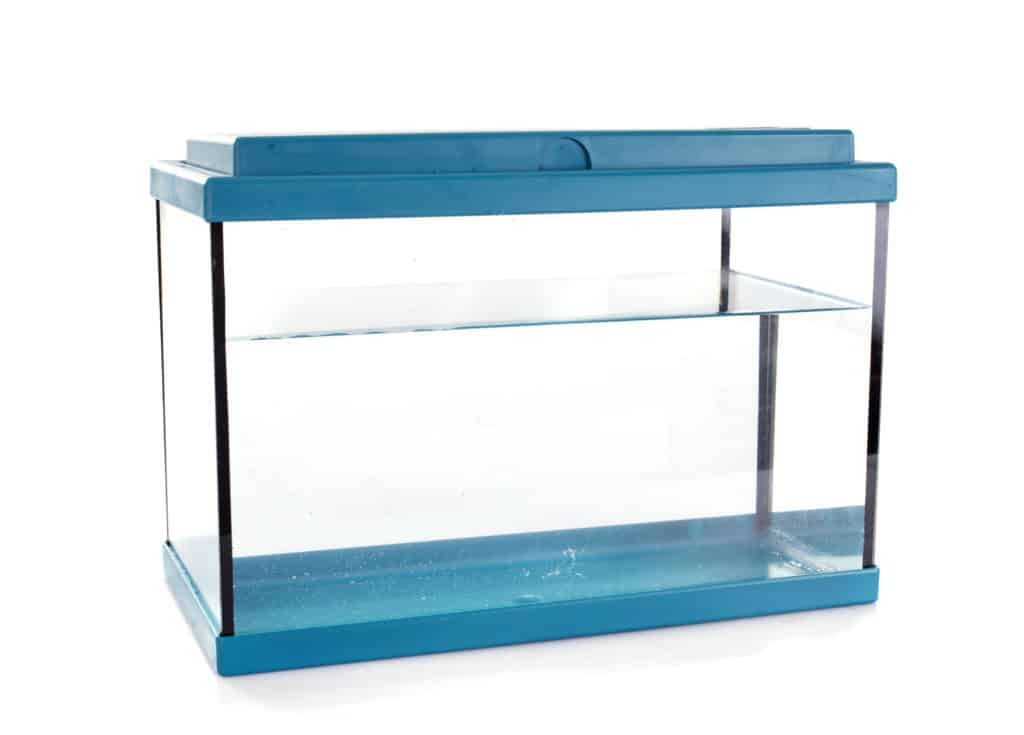
Do you have a fish tank and worry about your fish getting killed by the chlorine content?
Chlorine is a volatile chemical which can evaporate quickly, but how long does water need to sit to dechlorinate?
Let’s take a look at everything to know.
How Long Does Water Need to Sit to Dechlorinate?
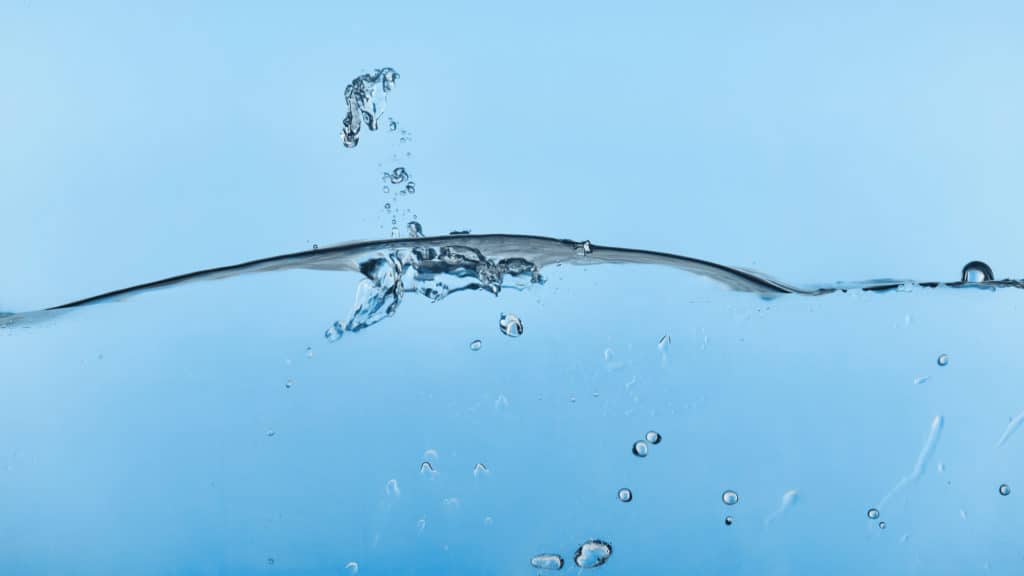
The amount of water and the chlorine level it contains will determine how long it should sit to dechlorinate.
Most city water supplies add 2 ppm of chlorine to the water.
So, 10 gallons of water will need to sit for five days to dechlorinate.
You can adjust the numbers for larger or smaller amounts of water.
Read on to learn about the amount of time you’ll need to leave the water so the chlorine goes away.
How Long Does It Take Chlorine to Fully Evaporate from Water?
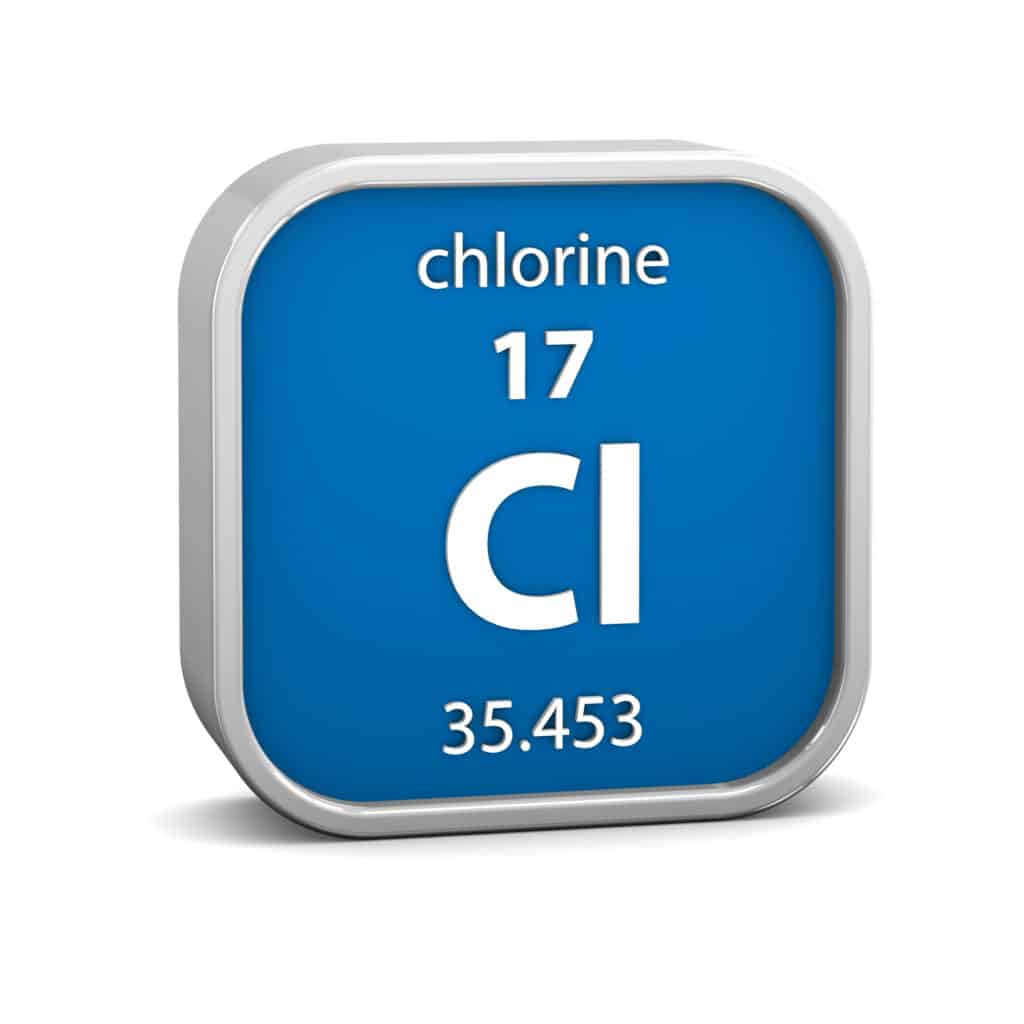
Chlorine and chloramine are two standard water treating agents used by most municipalities.
When you add ammonia to chlorine-treated water, you’ll get chloramine.
However, chloramine isn’t always added to the drinking water, with some water suppliers only adding it after heavy rainfall.
Chlorine is a useful antibacterial chemical, which is harmless to humans, but it can be toxic to fish.
That’s why you shouldn’t add fresh tap water to your aquarium. You’ll need to dechlorinate it.
Chlorine is volatile and evaporates after some time.
You don’t need to add anything to the water to dechlorinate it.
All you need to do is to let it sit for some time so the chlorine fully evaporates.
The duration of dechlorination depends on the chlorine concentration in the water.
Generally, it takes 55 hours for 1 ppm of chlorine to disappear if the water isn’t still.
It takes more than 150 hours for 1 ppm of this chemical to evaporate in an undisturbed water tank.
The good news is that most of the toxic content will dissipate after a day or two.
As an example, let’s consider tap water, which contains 2 ppm of chlorine.
For 10 gallons of water, you need to wait around ten days before all the chlorine evaporates.
If you don’t have that long, you should be fine after five days or so.
As you can see, waiting isn’t the most effective way to neutralize chloramine.
Fortunately, you can use various other methods to make the chlorine go away more quickly without putting your beloved fish at risk.
What Are Other Methods to Dechlorinate Water?

While letting water sit is the safest way to make chlorine dissipate, it’s not the fastest way.
If you’re in a hurry, you can use one of the following methods to make the water chlorine-free.
1. Aeration
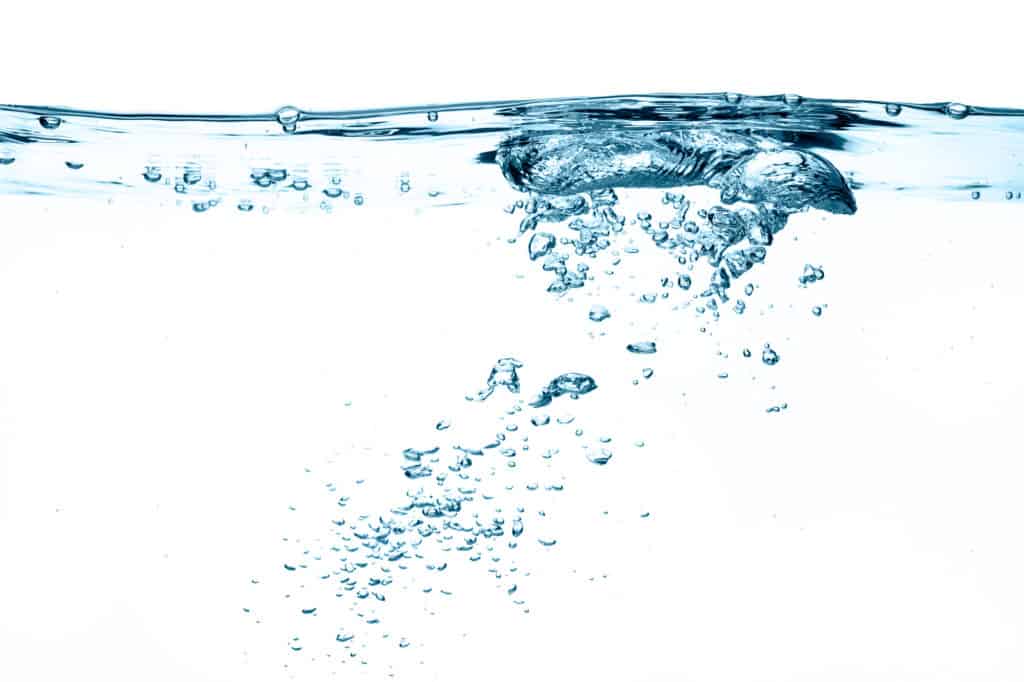
This method involves drawing tap water into a container and driving air into it using a spraying nozzle, air stone, or aerating spray.
Since chlorine is highly volatile, it leaves the water when the air bubbles escape from the water.
It’s also a good idea to circulate the water using an air pump in the fish tank.
It works the same way as aeration in removing the gaseous chlorine particles from the water.
2. Ultraviolet Light
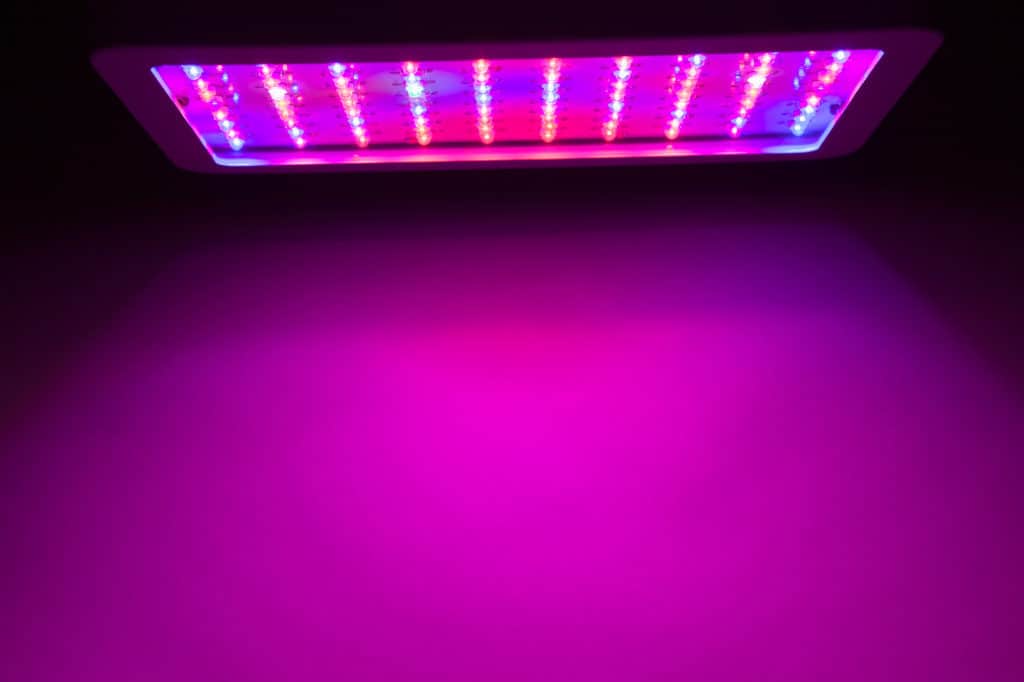
Ultraviolet light is a non-chemical and natural solution which removes chlorine from tap water.
To use this method, you’ll need a UV sterilizer for this method, which you can find for affordable prices.
The system is pretty straightforward. It simply bombards the water with ultraviolet rays and removes the chlorine.
You can remove chlorine and chloramine with UV rays and treat the water for an added level of safety.
The amount of water and organic matter will determine the UV light level.
The length of the dechlorination process depends on the strength of the UV light.
To remove both chemicals, you need to adjust the device’s setting in a certain way.
A 254 nm wavelength and a density of 600 ml are perfect for this kind of functionality.
If you don’t want to pay for an ultraviolet sterilizer device, you can use the natural UV in sunlight.
Just put the water in the sun for a day, and the chlorine will naturally neutralize.
Depending on the amount of chlorine, the water volume, and the water container’s dimensions, you may need to leave the water under sunlight for a few hours to a day.
Around 90 percent of the chlorine will be destroyed in the first two to three hours.
To make sure, use a chlorine tester kit to measure the amount of chlorine left in the water.
The downside here is this method takes time and might leave the water further contaminated by other chemicals.
Make sure you put it in a clean place to keep it from contamination and don’t drink any of that water.
3. Boiling
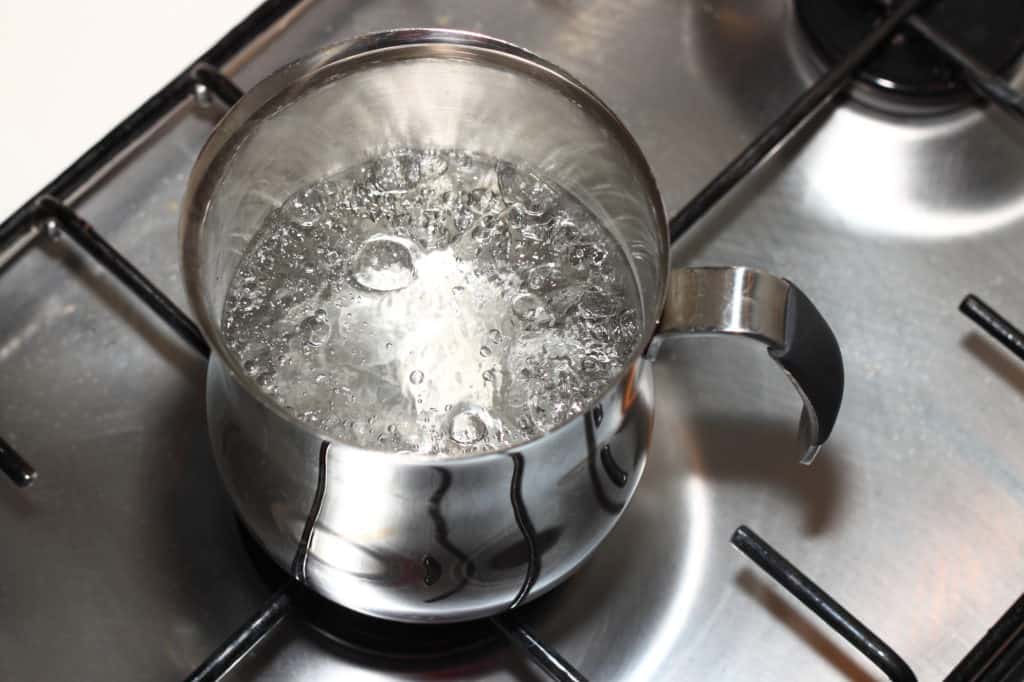
If you want to remove chlorine from water quickly, boiling the water is one of the most effective ways.
The higher the water temperature, the lower the amount of free chlorine in the form of dissolved gas it can contain.
The process combines heat, aeration, and circulation to eliminate the chlorine.
To make sure all the chlorine is completely gone, it’s best to boil the water for 20 minutes.
It’s a fast method that removes both chlorine and chloramine.
However, you’ll need to boil the water for longer to make sure it’s chloramine-free.
Chloramine is less volatile than chlorine because it forms a bond between ammonia and chlorine.
For example, if you have 10 gallons of water, you should boil it for at least an hour to vaporize the chloramine completely.
To avoid hurting your fish, make sure you let the water cool down before filling the aquarium.
The downside of this method is that you can’t use it for large amounts of water.
However, it’s not impossible as you can boil the water in small batches.
2. Vitamin C
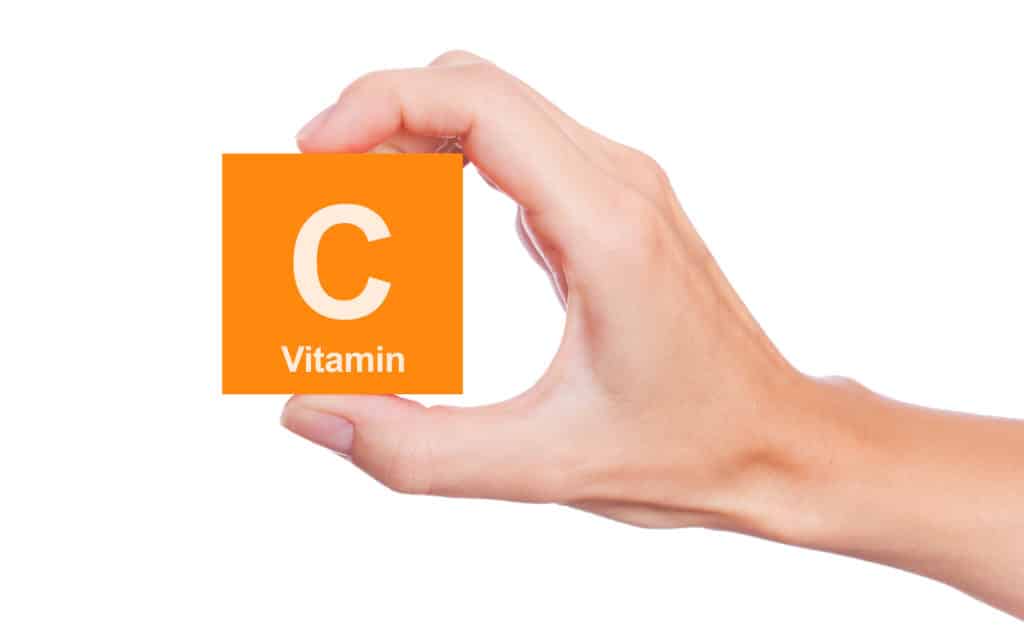
Another effective way to remove chlorine and chloramine is vitamin C.
Although it’s used for large places like pools, you can use it to dechlorinate tap water, too.
You might think ascorbic acid is a chemical itself, and it might have unwanted side effects, but don’t worry.
This is a natural dechlorinating method. Vitamin C is a good chemical for fish to stay healthy and grow.
Add a teaspoon of ascorbic acid (40 mg) to a gallon of water.
Sprinkle the ascorbic acid powder on the water and gently shake.
Since ascorbic acid doesn’t dissolve in water, it’ll drive the precipitated chlorine on the water’s surface.
The disadvantage is that ascorbic acid can lower water pH levels.
Make sure the pH level is suitable for your fish.
3. Activated Carbon Filter
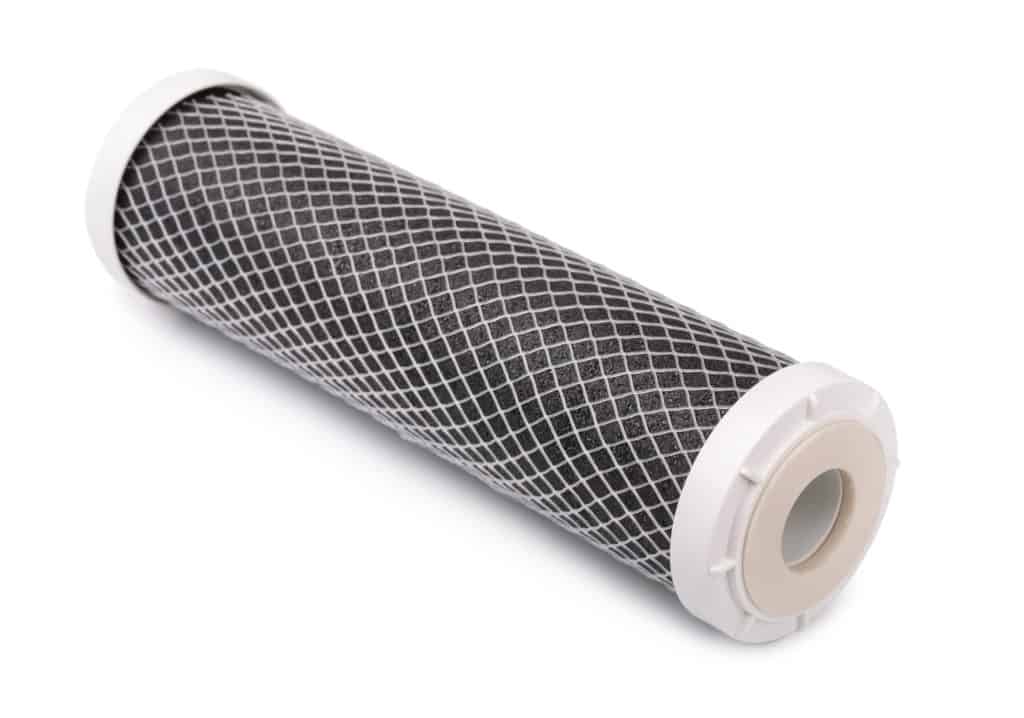
This is an effective way to remove chlorine, chloramine, and other pollutants from water.
You can add an activated carbon filter to your water supply.
Plus, there are filtered pitchers available with activated carbon filters.
Activated carbon not only removes chlorine and chloramine, but it also absorbs smells, impurities, and even discoloration.
4. Reverse Osmosis Filter
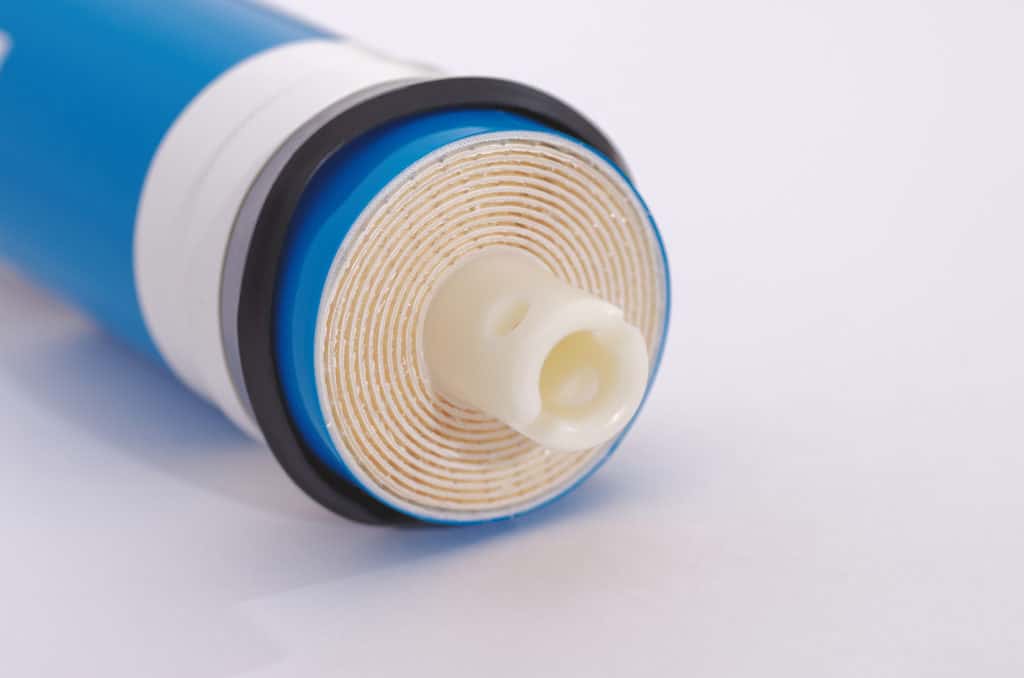
Reverse osmosis removes ions and particles from the water.
Common places to install RO systems include beneath the kitchen sink or water supply entrance points.
You can use the water that passes through the filter for both drinking and filling up your aquarium.
Sadly, reverse osmosis filters are expensive and sometimes cost a few thousand dollars.
Also, they aren’t energy-efficient and often end up wasting a significant amount of water.
Remember to replace the filters regularly to make sure the system works properly in filtering the harmful chemicals.
5. Dechlorination Agent
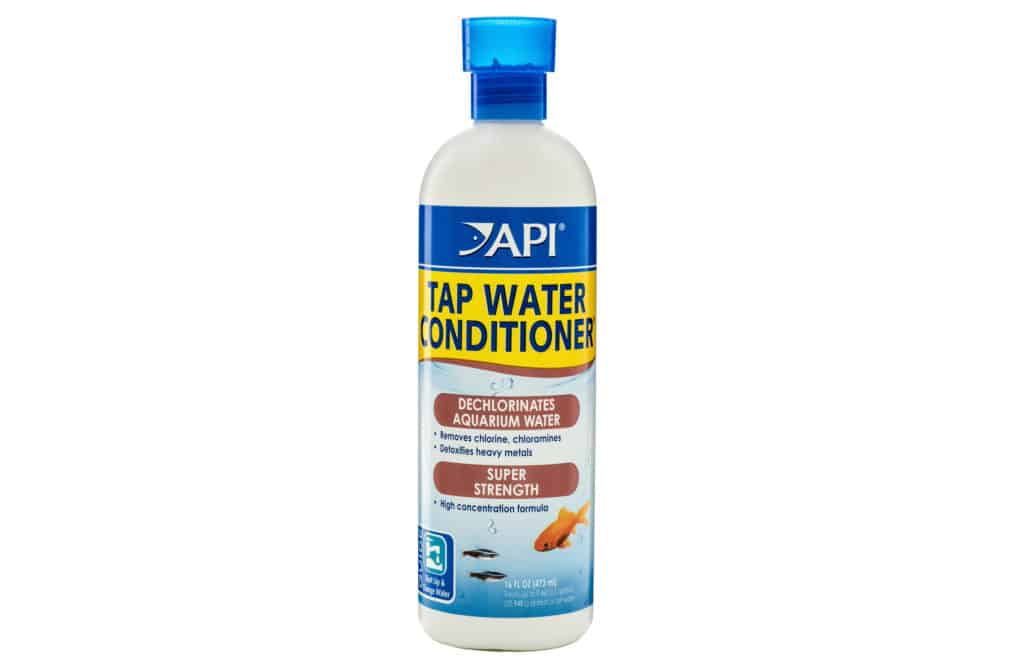
A wide variety of dechlorination agents are available at pet stores, each with specific directions about the right water and agent ratios.
It’s an easy way to quickly remove the chlorine.
All you need to do is open the container’s lid, turn the container upside down, and pour the proper amount into the water.
If the fish tank has a biological filter, make sure the dechlorination agent doesn’t contain an ammonia remover because it can harm the filter.
How to Use a Chlorine Test Kit
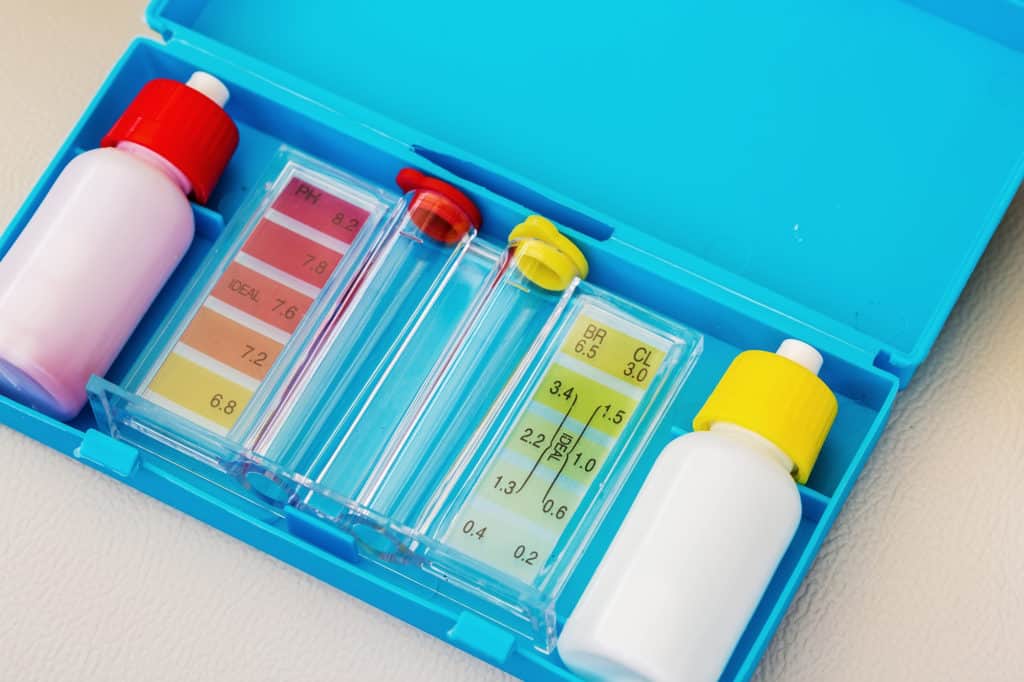
To make sure your fish are safe, it’s essential to measure the water’s chlorine level.
A chlorine test kit lets you do just that.
Chlorine level test strips are reliable, affordable, and easy-to-use.
They usually cost around $10 to $20 and help you measure pH and water hardness as well.
Some kits even gauge nitrate, nitrite, and bromine levels.
Each pack contains at least ten strips, meaning that you’ll be able to do 10 tests.
The strips don’t expire for around two years, so you’ll have plenty of time to use them.
To do a test, just dip the strip in the water and take it out instantly.
Then hold the strip horizontally and count to 15.
The kit comes with a color chart which allows you to check the chlorine levels.
The best chlorine test strips are accurate to less than 1 ppm, but to get the most accurate results, make sure your water temperature is over 2°C and under 30°C.
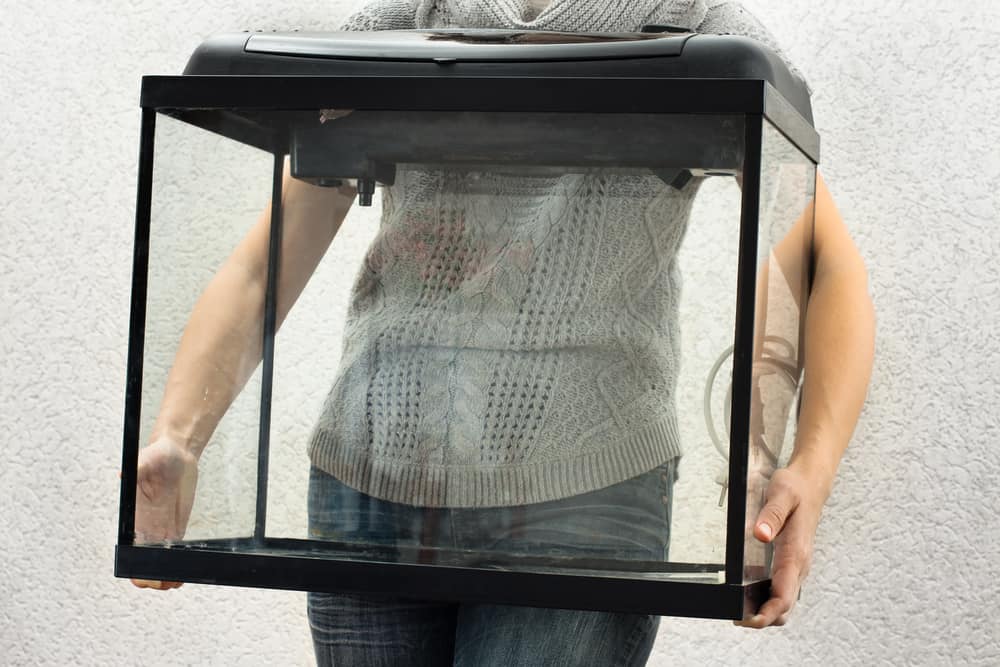
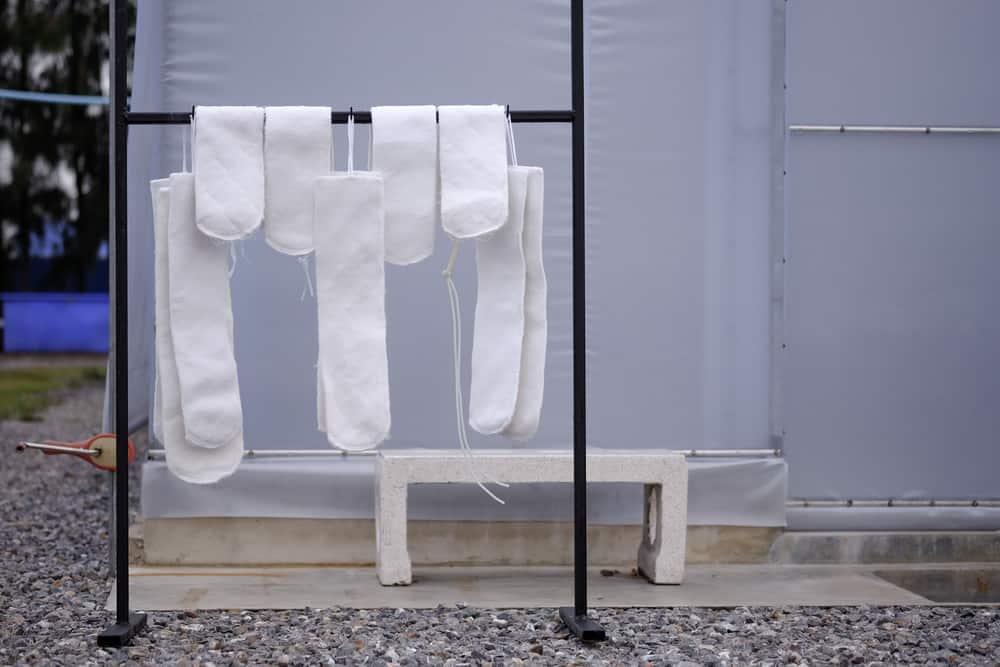
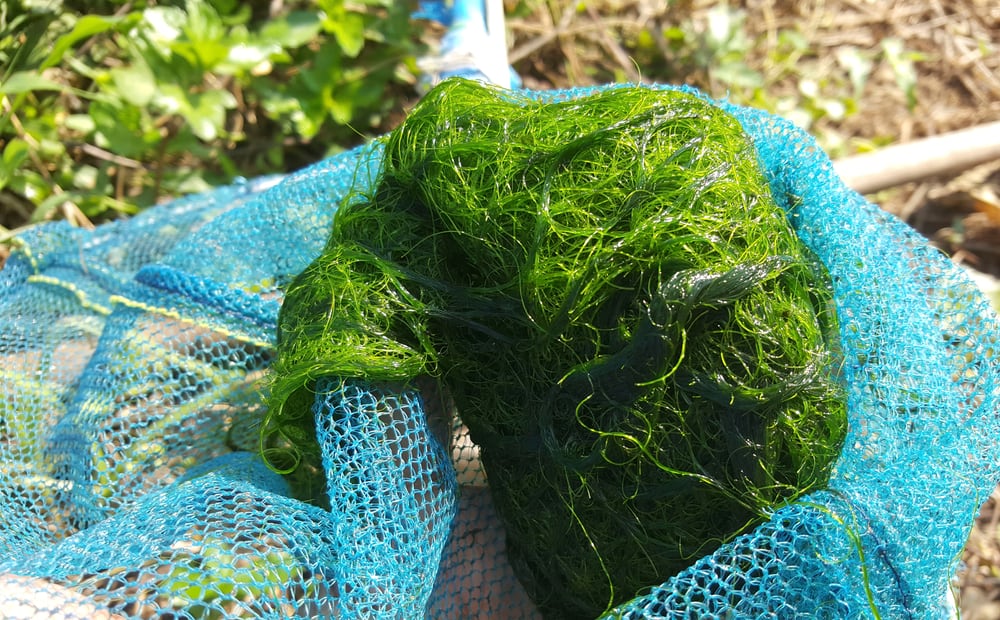
Thank you. This helps so much. It’s my first aquarium.